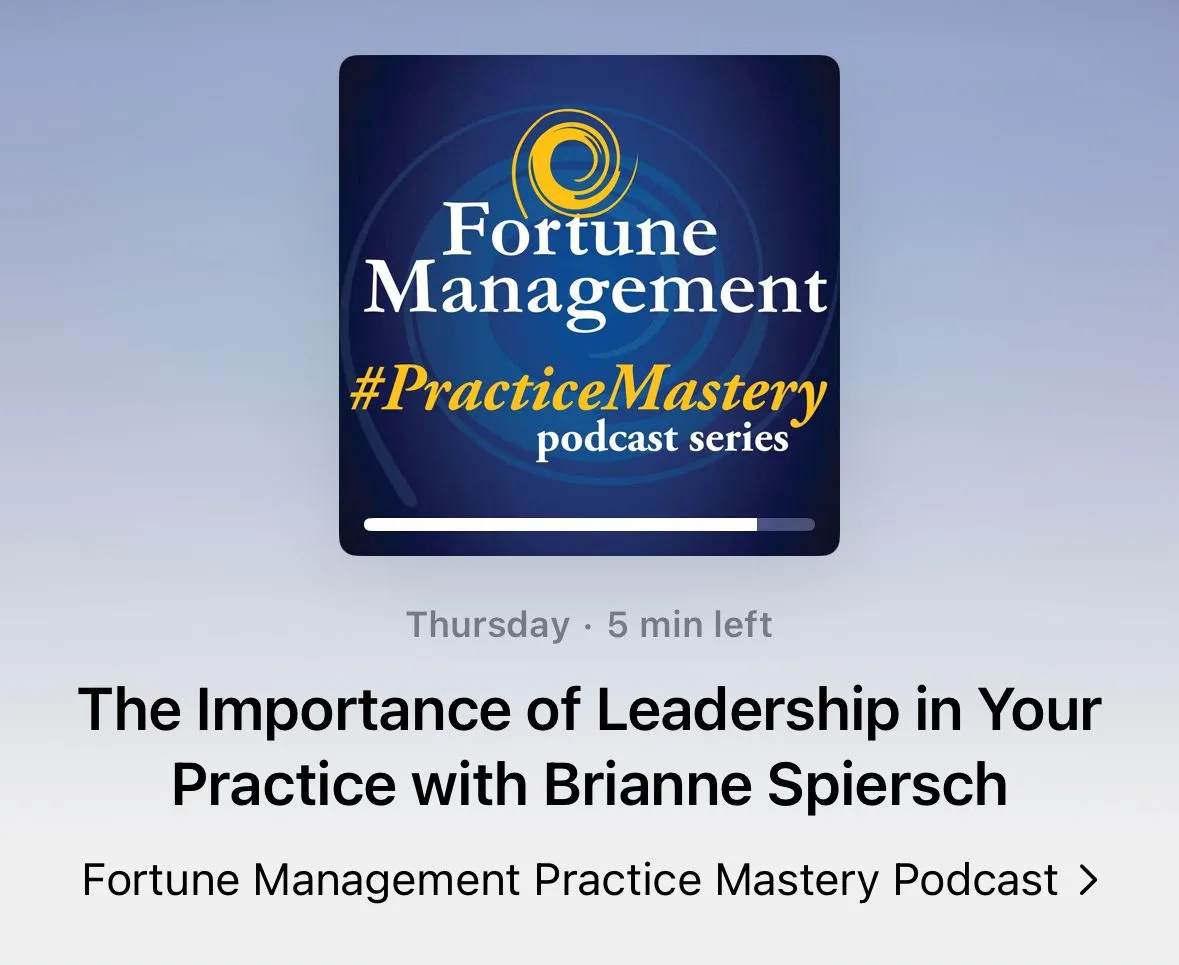
Staff turnover in veterinary practices has reached crisis levels, with many owners accepting constant recruitment and training as an inevitable part of business operations. You may feel trapped in a cycle of hiring, training new employees, watching them leave after a few months, and starting the process over again. While the direct costs of replacement hiring seem manageable on the surface, the true financial impact of high turnover extends far beyond recruitment expenses and training time, affecting everything from client relationships to practice profitability in ways that many owners never fully calculate.
At Veterinary Mastery, we help practice owners break the expensive cycle of staff turnover through proven retention strategies and workplace improvement systems. We understand that keeping talented team members requires more than competitive salaries—it demands creating work environments where people feel valued, challenged, and connected to meaningful work. Our approach focuses on identifying the root causes of turnover in your practice and implementing sustainable solutions that transform your workplace culture while protecting your bottom line.
Calculating the True Financial Impact of Employee Turnover
The actual cost of losing a team member extends far beyond the obvious expenses of advertising open positions and conducting interviews. Recruitment costs typically include job posting fees, background check expenses, interview time, and onboarding materials, but these represent only the tip of the iceberg. Most practice owners underestimate the hidden costs that accumulate during the months it takes to find, hire, and fully train a replacement employee to productive levels.
Training investments disappear entirely when employees leave, representing lost returns on educational programs, conference attendance, certification courses, and mentoring time. A veterinary technician who receives $3,000 worth of continuing education and leaves after six months takes that entire investment with them, while you start over with their replacement. These educational costs compound over time as practices invest repeatedly in training employees who do not stay long enough to generate returns on those investments.
Lost productivity during transition periods creates additional financial strain as remaining team members cover extra responsibilities while working short-staffed. Overtime payments, delayed appointments, stressed existing staff, and reduced service quality all contribute to turnover costs that continue accumulating until replacement employees reach full productivity. Research suggests that replacing a skilled veterinary technician costs between $15,000 and $25,000 when all factors are considered, making retention efforts financially beneficial even with significant upfront investments.
Identifying Why Good Employees Leave Your Practice
Exit interviews and honest conversations with departing team members reveal patterns that help practice owners address systemic issues causing turnover. Compensation concerns often top the list of departure reasons, but dig deeper to understand whether the real issue involves base pay, benefits packages, performance incentives, or perceived fairness in pay structure. Many employees who cite money as their reason for leaving actually feel undervalued in ways that extend beyond their paychecks.
Work-life balance challenges drive many veterinary professionals away from practices that demand excessive hours, unpredictable schedules, or insufficient time off. The demanding nature of veterinary work requires practices to be especially thoughtful about scheduling, vacation policies, and emergency coverage to prevent burnout. When team members feel like their personal lives suffer due to work demands, they begin looking for employment opportunities that offer better balance.
Career development limitations frustrate ambitious team members who want to grow professionally but see no advancement opportunities in their current positions. Practices that fail to provide skill-building opportunities, leadership development, or clear career progression paths often lose their best people to competitors who invest in professional growth. Creating advancement opportunities within your practice costs less than continuously replacing talented individuals who leave seeking development elsewhere.
Implementing Retention Strategies That Work
Compensation analysis ensures your practice offers competitive packages that reflect both market rates and individual contributions to practice success. Conduct annual salary surveys, review benefits offerings, and consider performance-based incentives that reward excellent work while encouraging retention. Remember that total compensation includes factors beyond base salary, such as health insurance, retirement contributions, professional development funding, and flexible scheduling options.
Professional development programs demonstrate your investment in team members’ futures while building capabilities that benefit your practice. Create annual education budgets for each employee, support conference attendance, fund certification programs, and provide cross-training opportunities that expand skills and career options. When people feel their employer invests in their growth, they become more committed to contributing to that organization’s success.
Recognition and appreciation systems acknowledge good work consistently rather than only during annual reviews or crisis situations. Implement regular feedback mechanisms, celebrate achievements publicly, and create peer recognition programs that build positive workplace culture. Simple acknowledgment of effort and accomplishment often matters more to employees than elaborate reward programs, especially when recognition comes from respected colleagues and supervisors.
Workplace Culture Improvements That Reduce Turnover
Communication enhancement creates environments where team members feel heard, informed, and connected to practice decisions that affect their daily work. Regular staff meetings, suggestion systems, and open-door policies encourage dialogue and prevent small frustrations from growing into major dissatisfaction. When employees understand practice goals and feel their input matters, they develop stronger connections to their workplace and colleagues.
Team-building initiatives strengthen relationships between coworkers and create support networks that help people navigate workplace challenges. Organize team lunches, participate in community service projects, celebrate personal milestones, and create opportunities for informal interaction outside of busy work periods. Strong workplace relationships often determine whether employees stay during difficult periods or look for alternatives when challenges arise.
Flexibility offerings accommodate the diverse needs of modern employees while maintaining practice operational requirements. Consider flexible scheduling options, remote work opportunities for administrative tasks, job sharing arrangements, and creative approaches to time off that help team members manage personal responsibilities. Practices that adapt to employee needs while maintaining service standards often enjoy significantly lower turnover rates than rigid organizations.
Secure Your Practice’s Future Through Strategic Staff Retention
Investing in staff retention strategies pays dividends that extend far beyond reduced recruitment costs, creating stable teams that deliver consistent client service and build lasting patient relationships. The practices we work with that prioritize retention consistently outperform competitors in both employee satisfaction and financial performance. These improvements create positive momentum where good employees attract other quality candidates and reduce the time and energy spent on constant hiring and training.
Our retention-focused coaching program helps practice owners diagnose turnover causes, implement targeted retention strategies, and create workplace cultures that attract and keep talented team members. We provide the frameworks, tools, and ongoing support needed to transform your practice into an employer of choice in your market. Reach out at (925) 408-2526 or use our contact form to discover how strategic retention efforts can stabilize your team while improving your practice’s overall performance and profitability.







